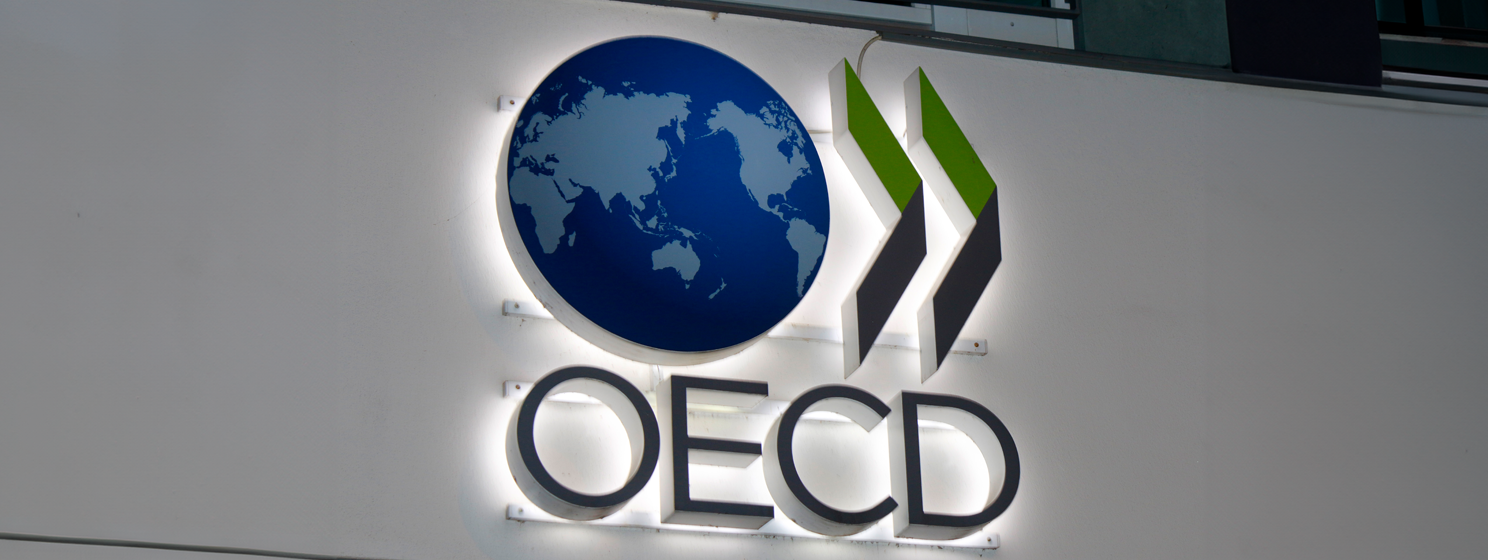|
Getting your Trinity Audio player ready...
|
The Hong Kong Monetary Authority (HKMA) has made public a new central bank digital currency (CBDC) that embodies the peculiarities of using fiat in the region.
The endeavor resulted from collaborating with the Bank for International Settlements (BIS) Innovation Hub and the Hong Kong Applied Science and Technology Research Institute. Dubbed “Project Aurum,” the CBDC was named after the Latin word for gold to reflect trustworthiness and hinges on the principles of “safety, flexibility, and privacy.”
The project highlighted a technological stack to explore the viability of wholesale and retail CBDCs, utilizing two different tokens—intermediated CBDCs and CBDC-backed stablecoins. Both tokens will be deployed in either a e-wallet or in the interbank system, with the CBDCs being issued by the HKMA while the stablecoins are the issuing bank’s liability.
Participants in the interbank system are the central bank, commercial banks, and validators, while the e-wallet system’s participants are the validators, customers, and commercial banks.
“Bringing CBDC-backed stablecoins to life has never been done before and we therefore felt that doing so may supplement the growing body of research on private sector stablecoins. Indeed, what distinguishes Aurum from private sector stablecoins is that Aurum’s stablecoin balances are reconciled, versus real time gross settlement (RTGS) balances of the issuing bank with the central bank,” read a BIS report on the matter.
The BIS notes that the technical details and source code of the project of over 250 pages have been made accessible to the BIS members globally to assist in their CBDC development. In 1930 BIS was established “to foster international monetary and financial cooperation” amongst central banks and has 61 members in its ranks.
Hong Kong and the BIS have a history together
Project Aurum is not the first project that the BIS and the HKMA will be collaborating on. Back in September, both parties announced the successful completion of a cross-border CBDC pilot known as Multiple CBDC (mCBDC or mBridge).
The project saw the participation of the central banks of China, Thailand, the United Arab Emirates (UAE), and Hong Kong. By the end of the pilot, over 22 million in value was moved between nearly 20 commercial banks.
“We are only just beginning to see the possibilities of CBDCs in bridging borders and facilitating trade and economic growth,” said Tayo Tunyathon, a senior specialist on CBDCs at the Bank of Thailand.
The HKMA ventured into CBDC research in June 2021, and so far, it has recorded several wins. The region’s administrators announced that it would adopt a different policy from China in regulating digital assets as it seeks to attract more service providers to set up shops in Hong Kong.
To learn more about central bank digital currencies and some of the design decisions that need to be considered when creating and launching it, read nChain’s CBDC playbook.
Watch: The BSV Global Blockchain Convention presentation, CBDCs and BSV

 12-15-2025
12-15-2025 





